What's up: Women in sports
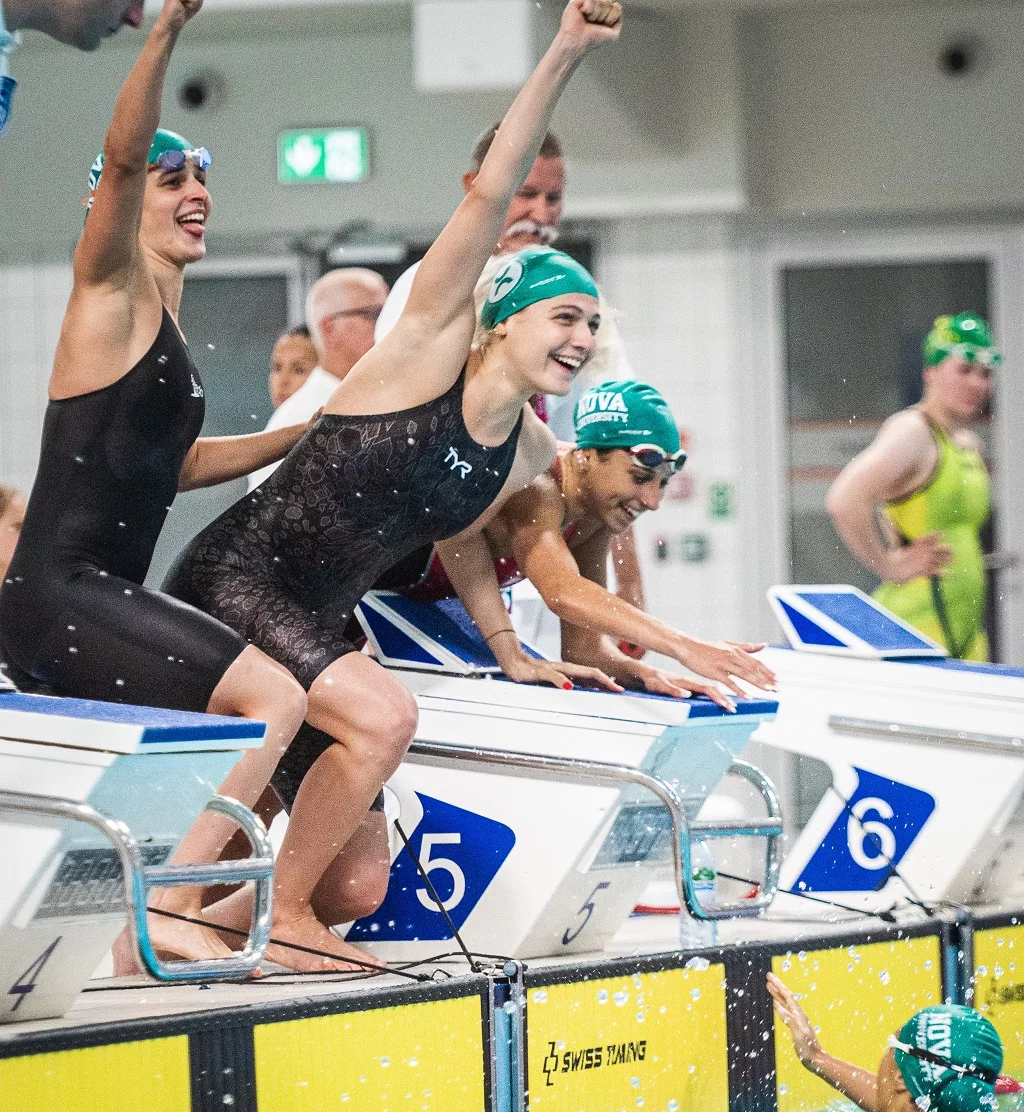
This month’s What’s up student Column examines the topic of Women in sports from the point of a current EUSA volunteer, Cristina Kenely, also marking the occation of March being the Gender Equality Month.
The professionalism of female sports has increased dramatically in recent years – from 20% of the total in Montreal in 1976 to a new record of 48% in Tokyo 2020, and there is a commitment to reach full gender equality for the Olympic Games in Paris 2024.
Women’s sports did not begin until after Title IX was established in 1972, which was part of the education reform that prohibited sex discrimination in sponsored education programs. As a result, women began to participate in sports in unprecedented numbers, as the act helped to create more opportunities for women and female gender preconceptions began to rise, resulting in the reduction of barriers to female sports participation.
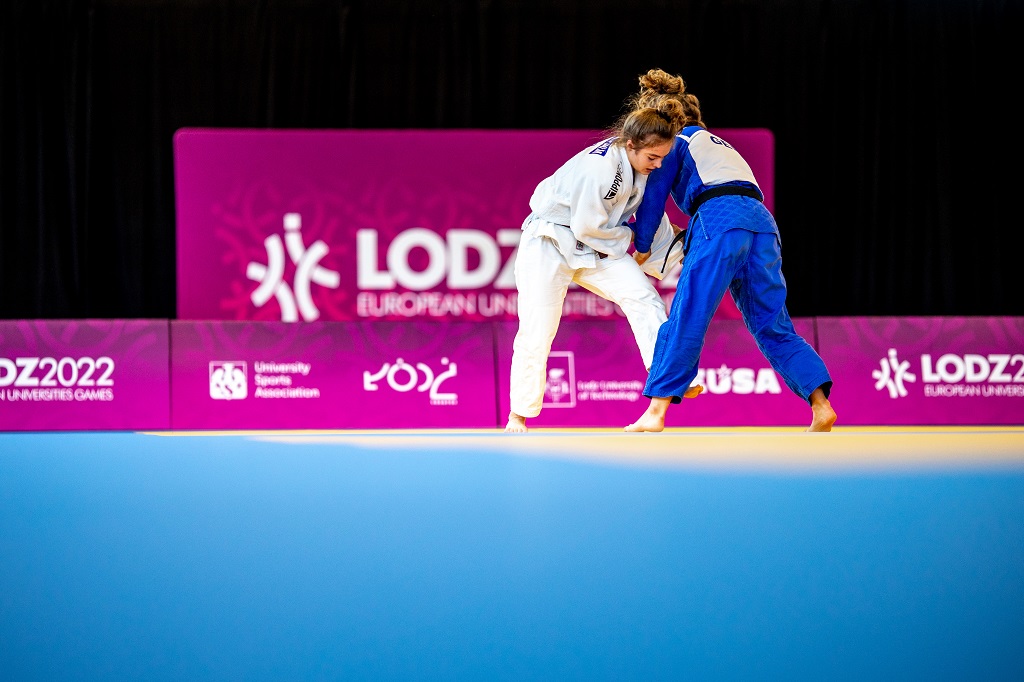
Football became one of the world's fastest-growing sports for women in the 1990s, and global governing organizations encouraged the growth of women's football through regional and world championships. The women's movement changed views and advocated for equal chances, money, and facilities for female athletes.This increased female participation in sports demonstrates their capability to reduce discriminatory hurdles and restrict ideas about women's physical appearance, athletic ability, and participation in sports.
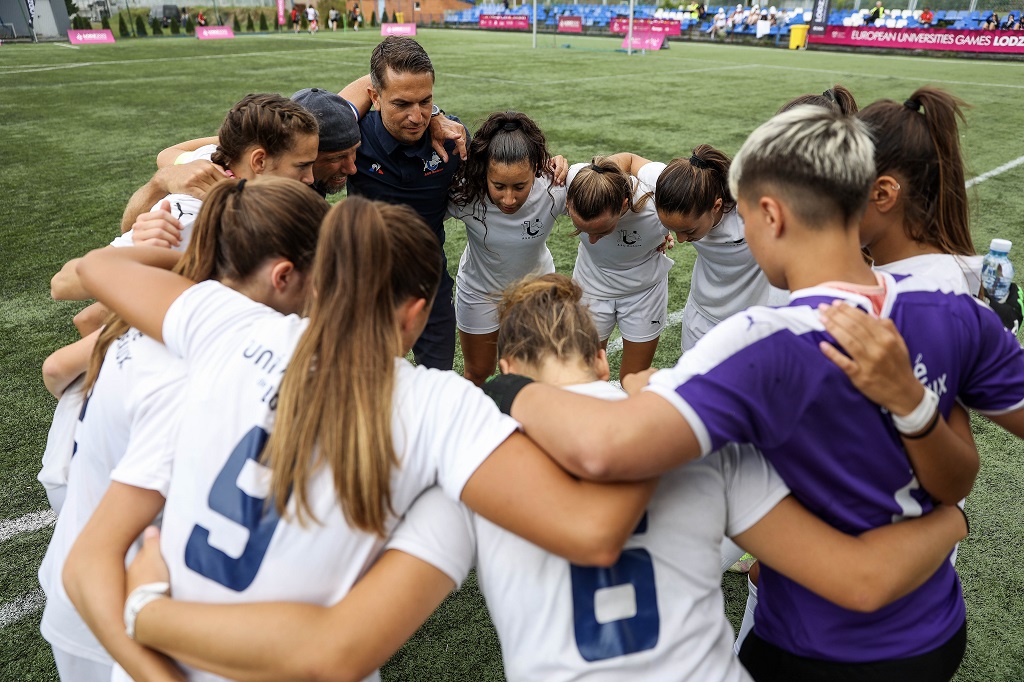
Sports play an essential role in defining women and placing them at a level comparable to men. However, there are still many challenges that female athletes face, including gender stereotypes, economic challenges and opportunities, a lack of media coverage and sponsorship, and biological and personal factors. Sports have traditionally been associated with masculinity, and they continue to be a problematic discursive area in which socially conservative gender politics contend with progressive gender politics.
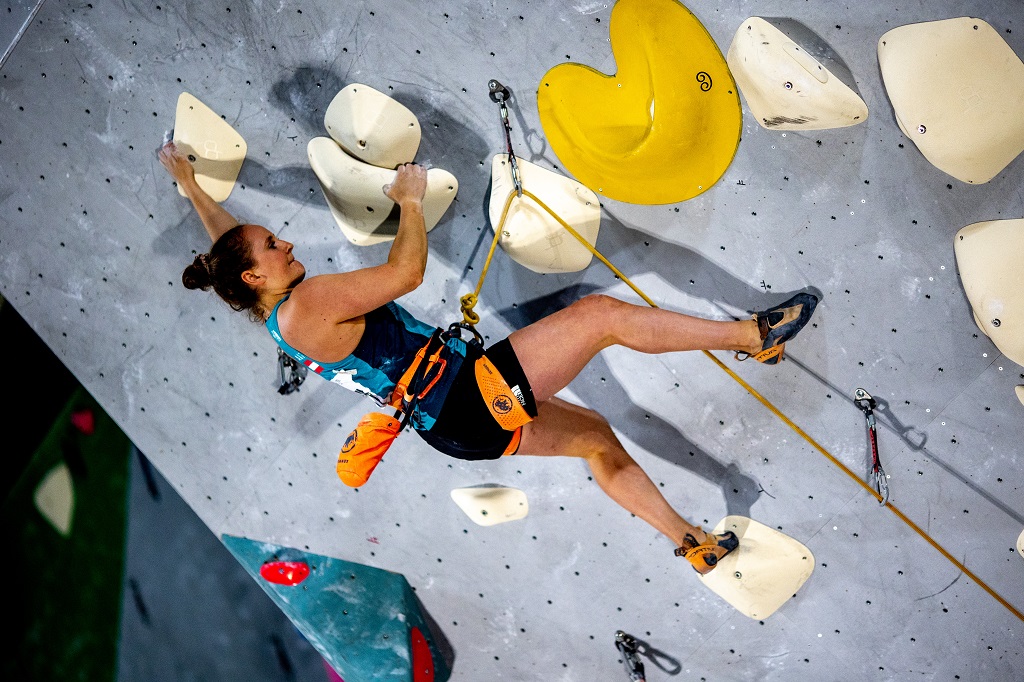
Diverting sports along masculine and feminine lines promotes girls' perception and feeling that sports are only a male pastime and discourages females from participating in sports. Women will continue to be overlooked and underrepresented in sports unless this issue is addressed.
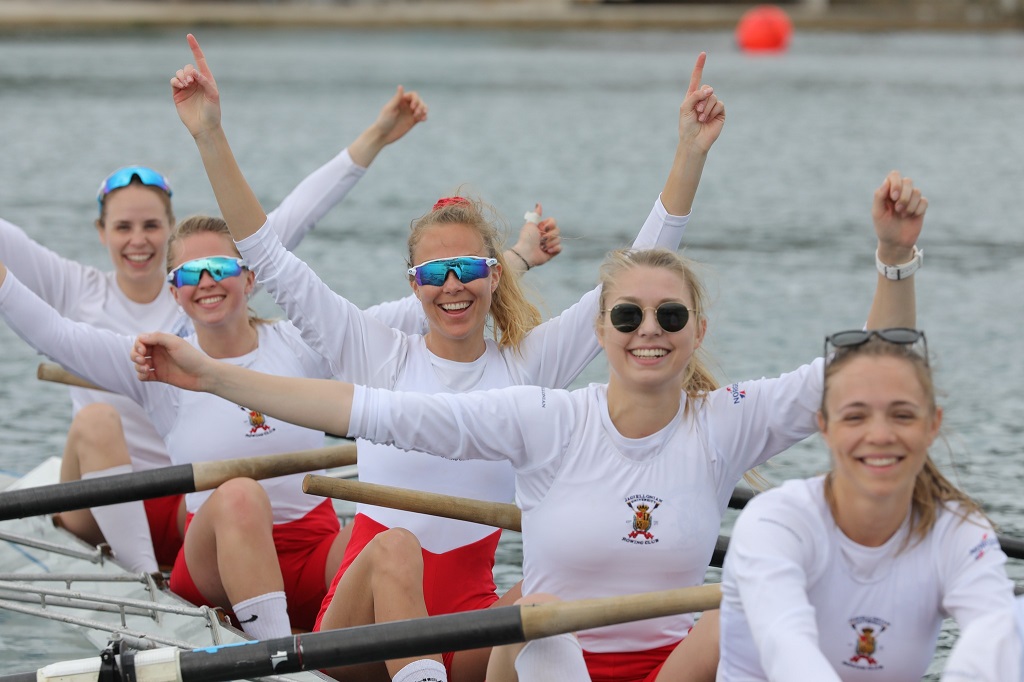
Despite these challenges, women have fought and continue to fight to be seen as equals in their athletic capabilities. As a result, promoting women’s sports will encourage more young girls to be more motivated and inspired to become more involved in starting a sport, thus, closing the discrimination gap. This may be accomplished by giving women’s sports the same recognition and notoriety as men’s sports receive.
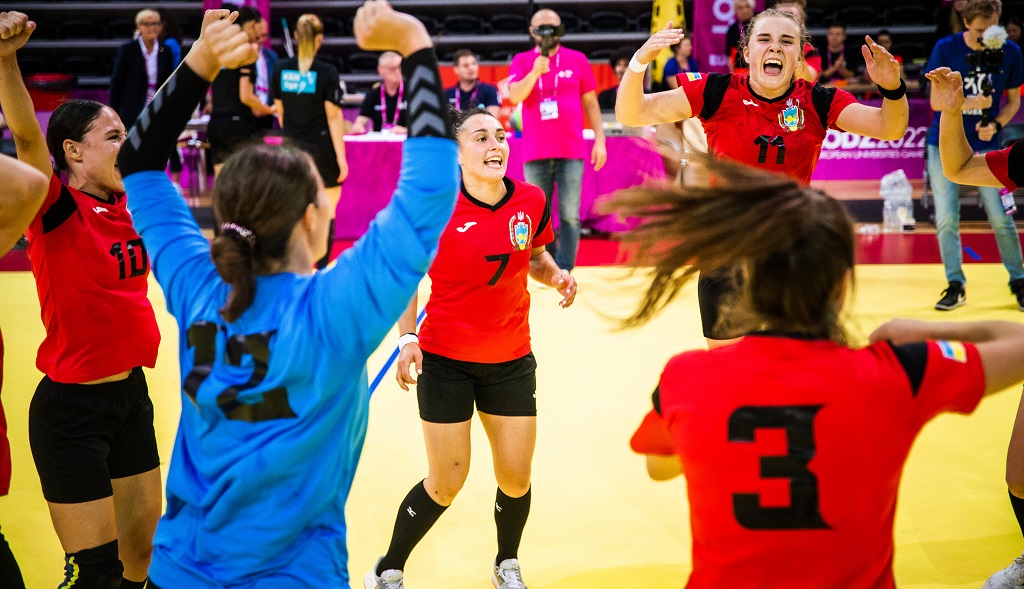
Women need greater opportunities in sports, including sponsorship, access to coverage and live broadcasts, and more funding since this will allow them to express their dedication to a more positive and inclusive society while also delivering messages of female empowerment, equality, and diversity. The future of the sports industry is never definite, but one thing is certain: women’s sports will play a greater role.
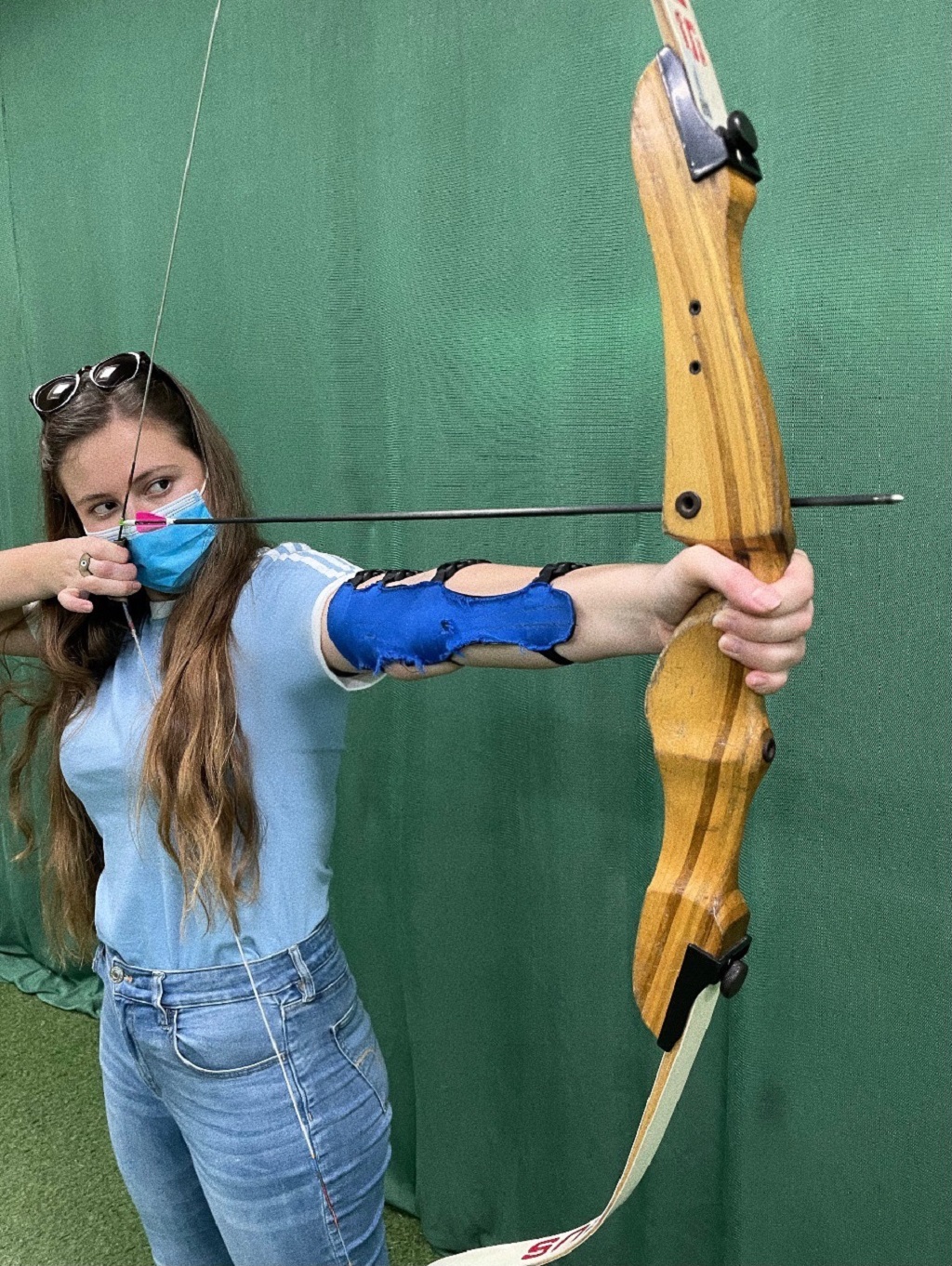
The author of this article Cristina Kenely holds a bachelor’s degree in psychology from the University of Malta. She is currently a volunteer with the European University Sports Association as part of the European Solidarity Corps. Success in life comes to those who just refuse to give up, to those who have a clear vision that barriers, challenges, and losses serve merely as learning experiences. It is our challenge to achieve gender equality in sports and enable sports to empower all people.
Are you a student with an opinion? We are looking for new contributors for our student column every month. Feel free to contact stc@eusa.eu to offer a piece or propose a topic.
